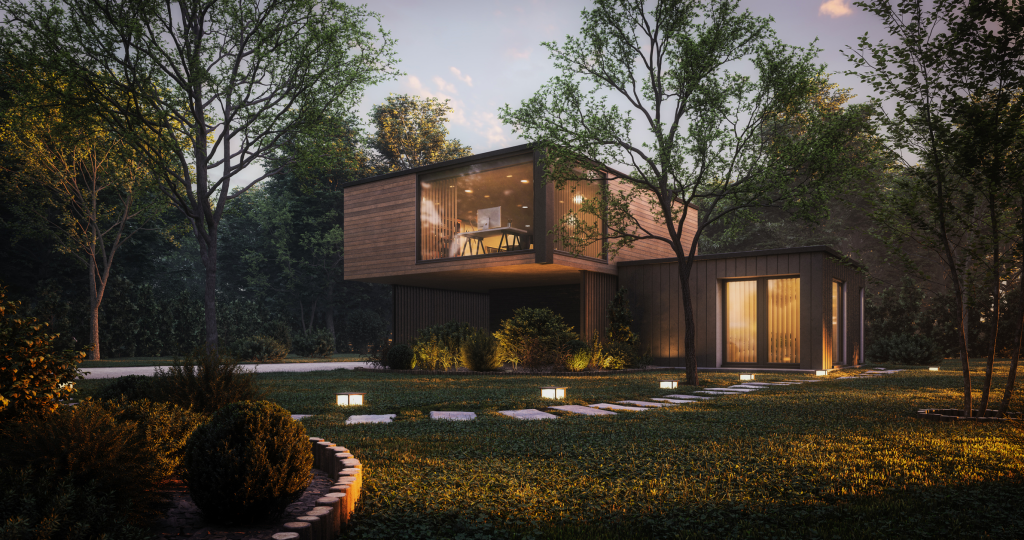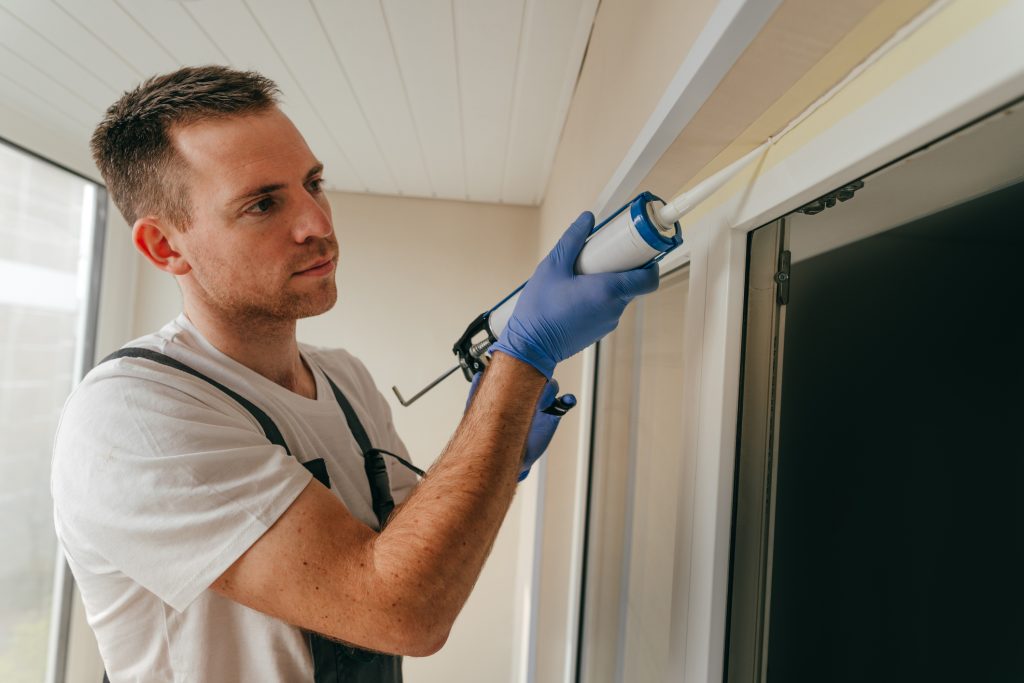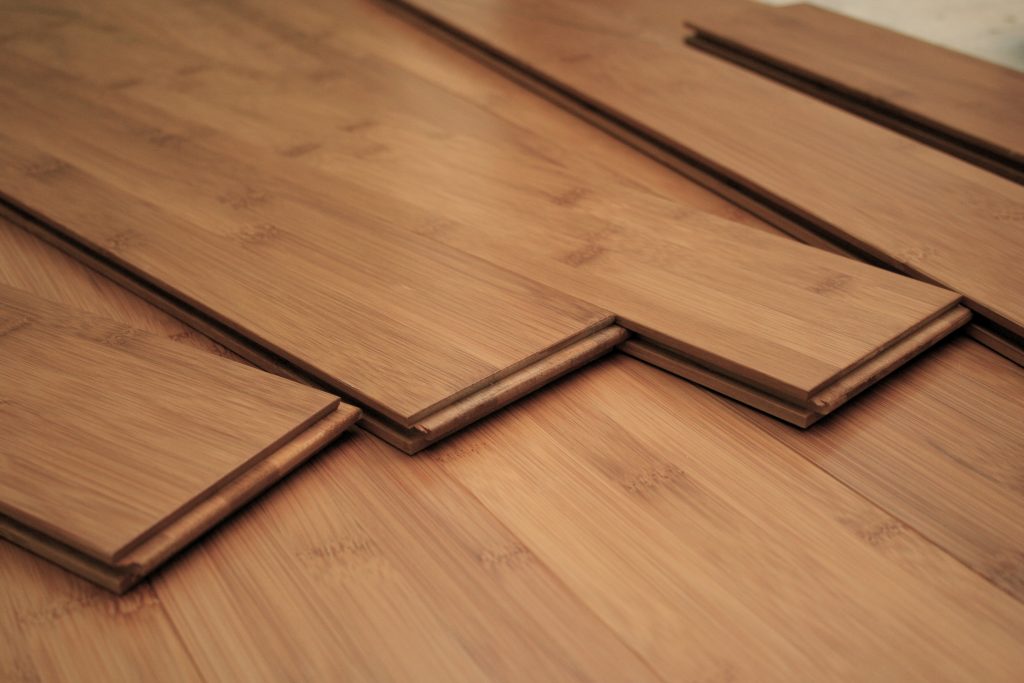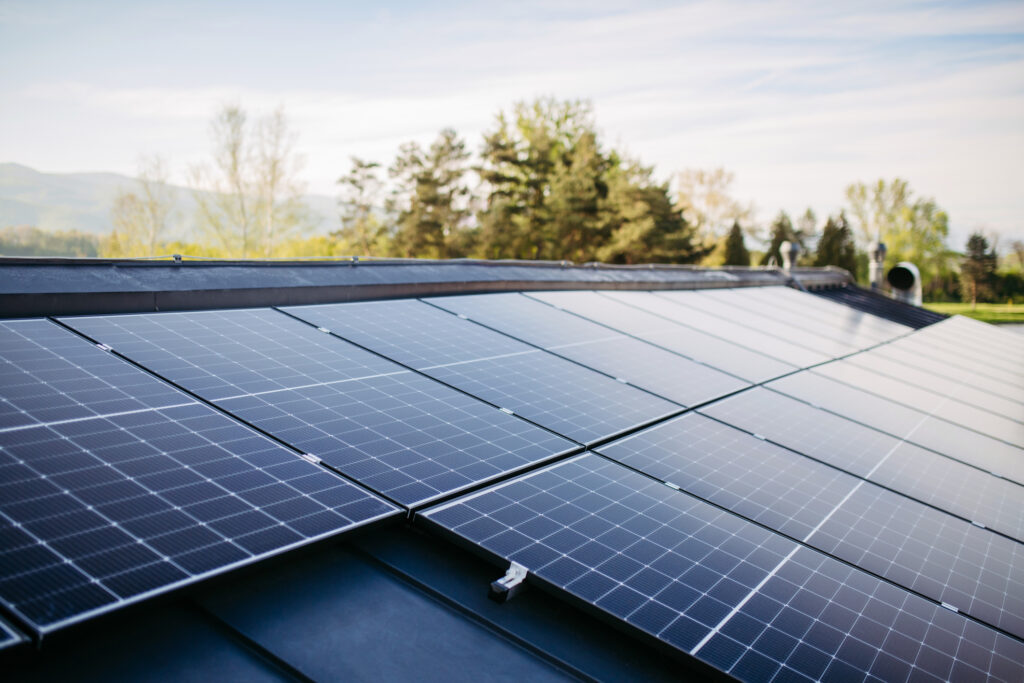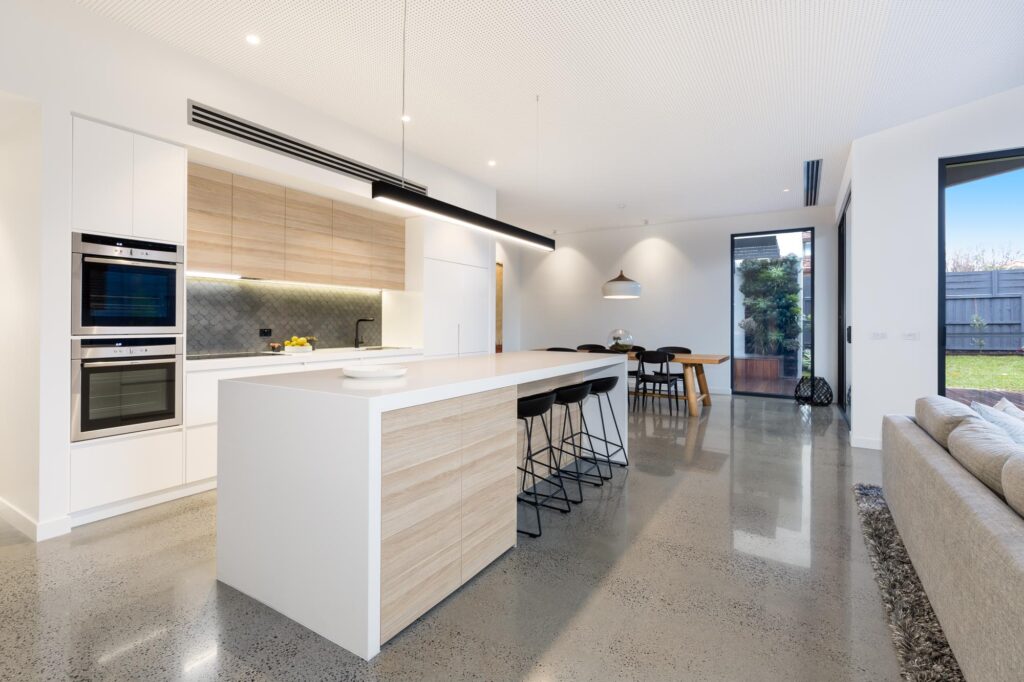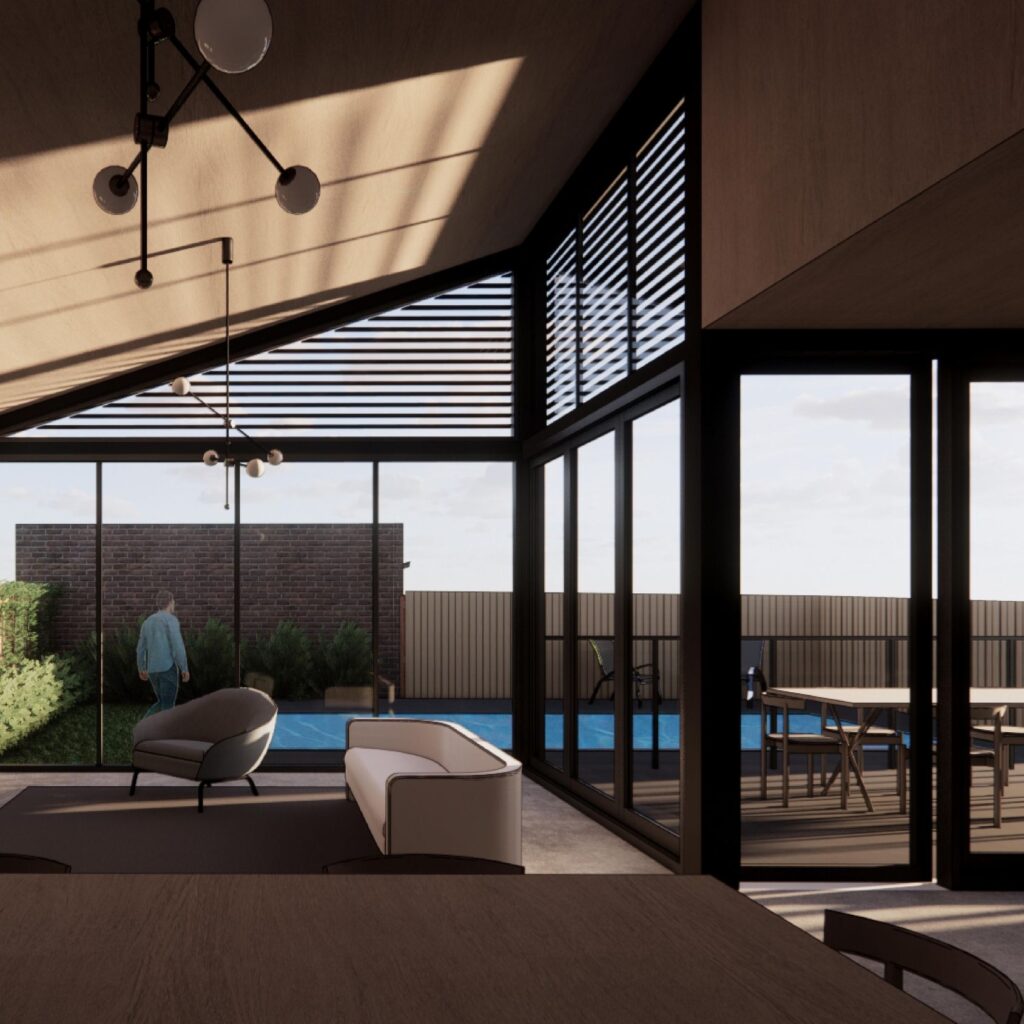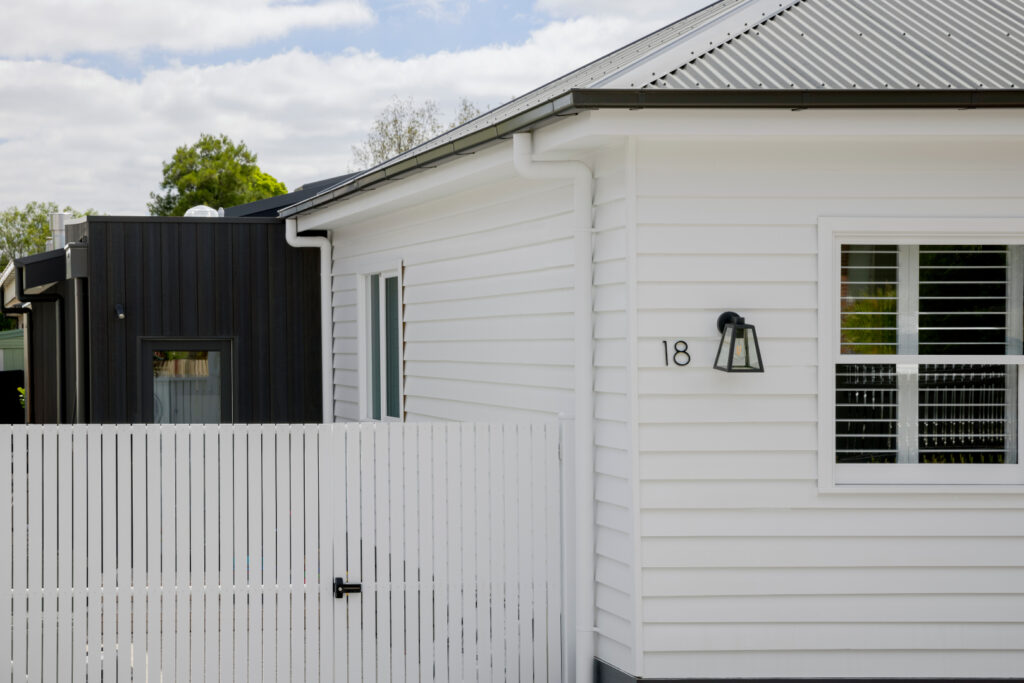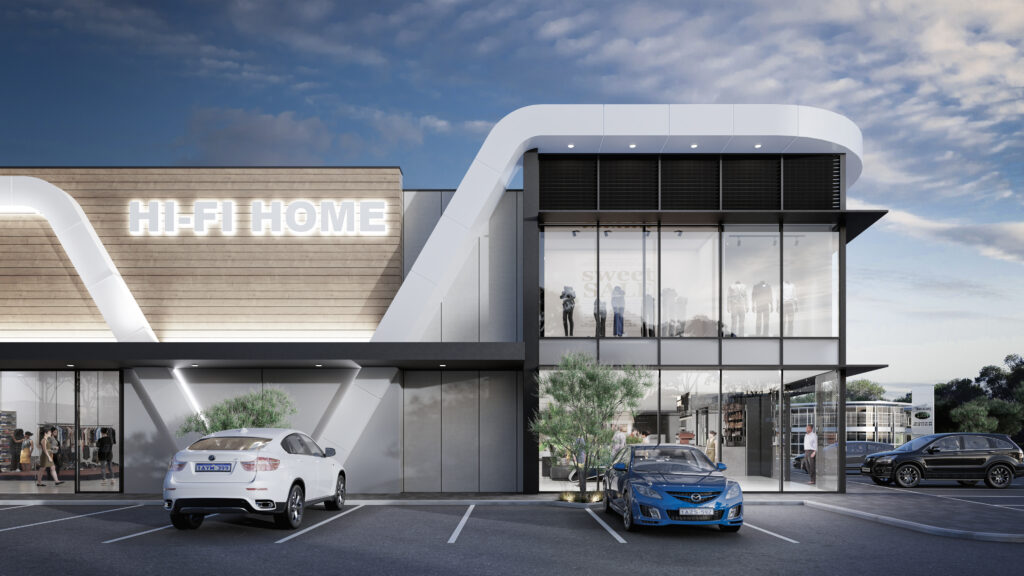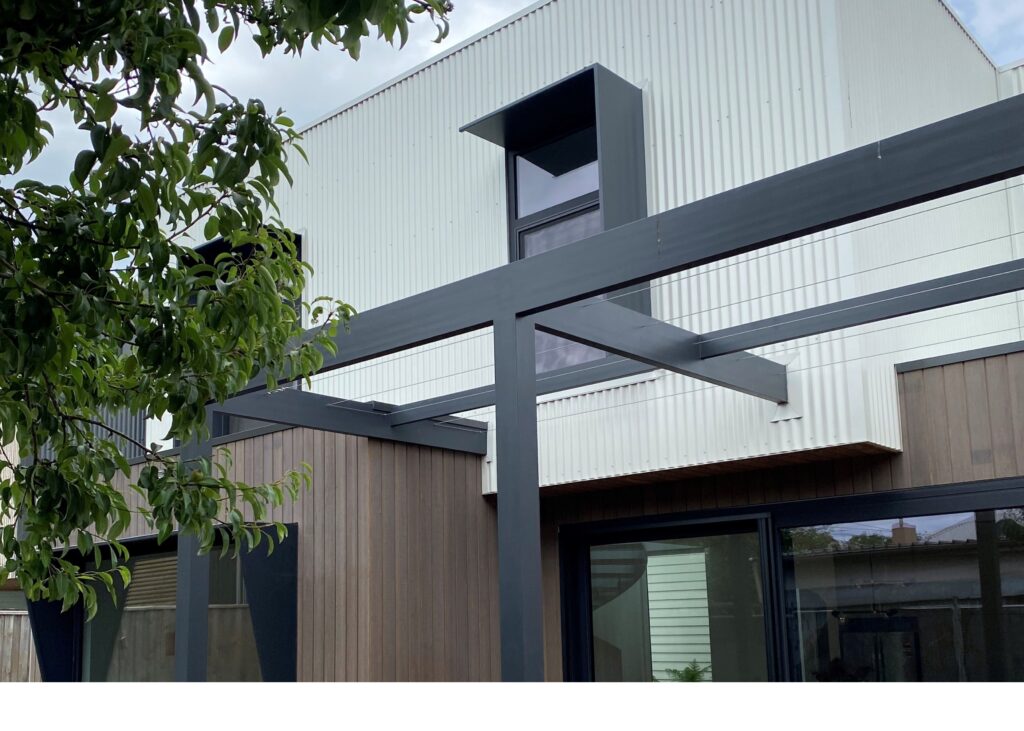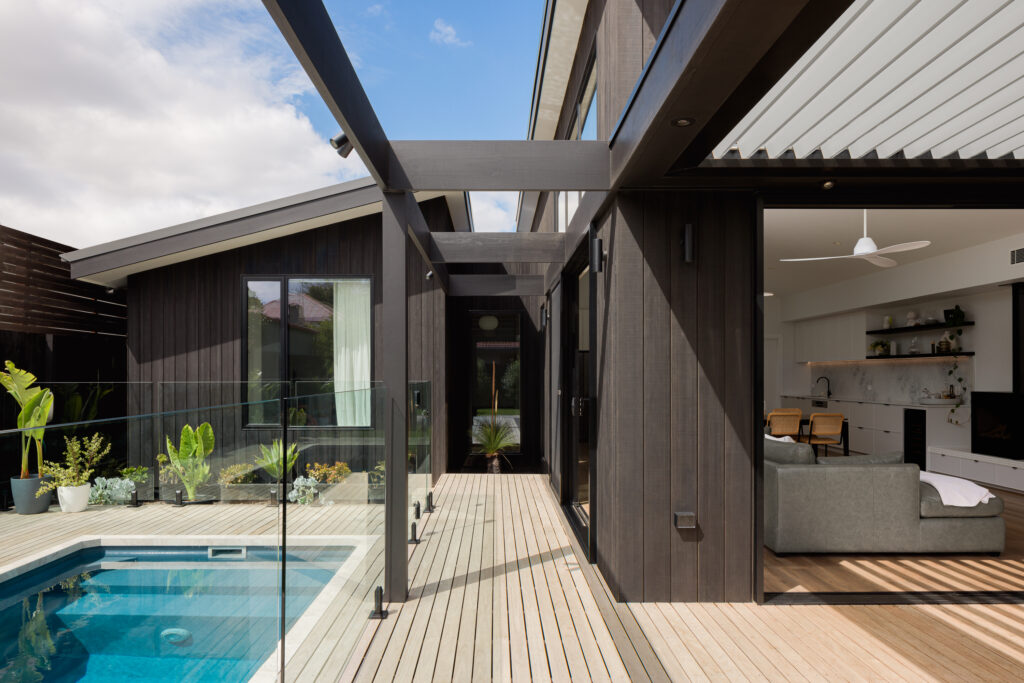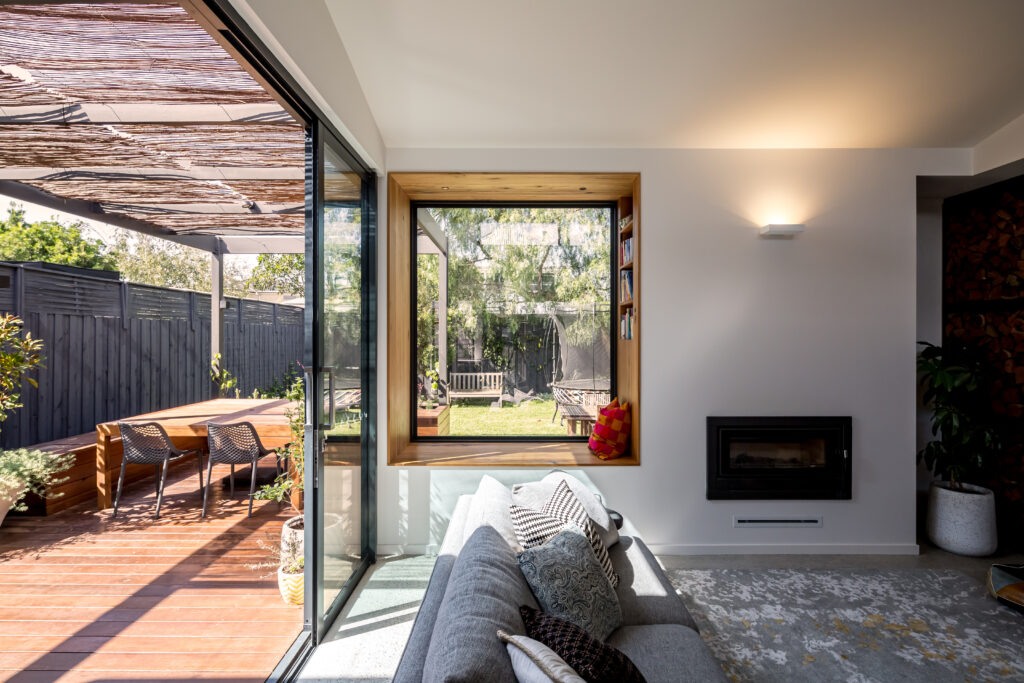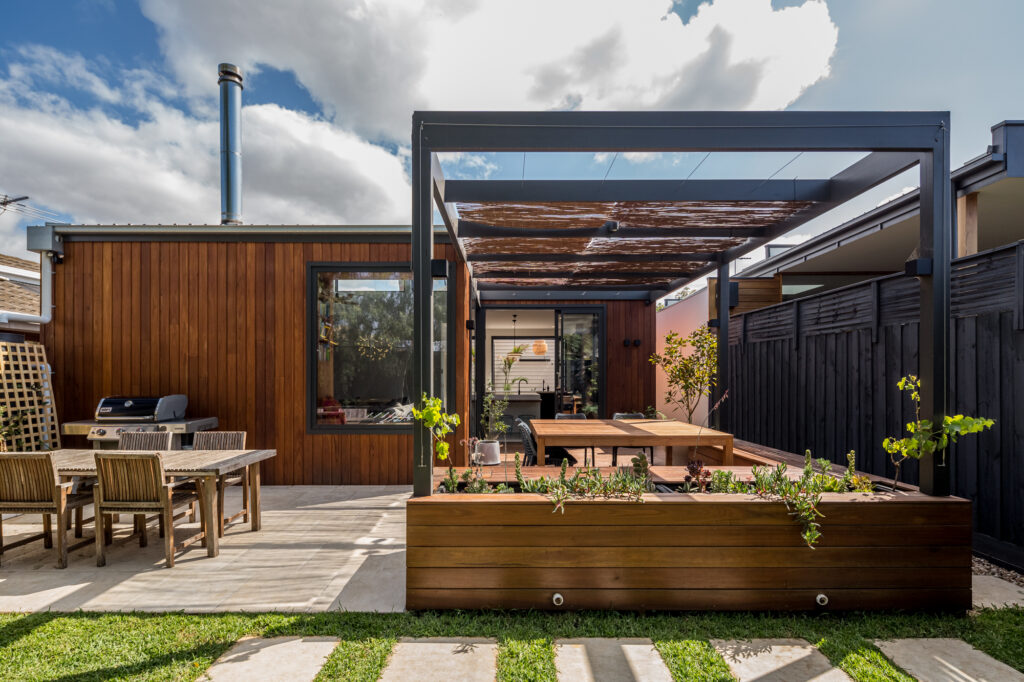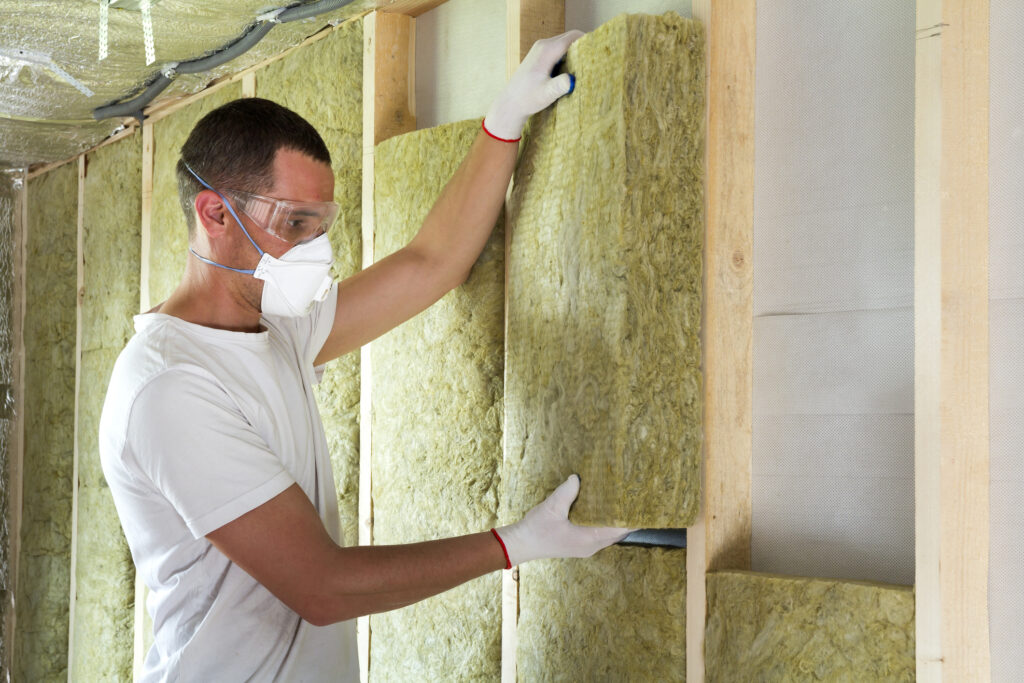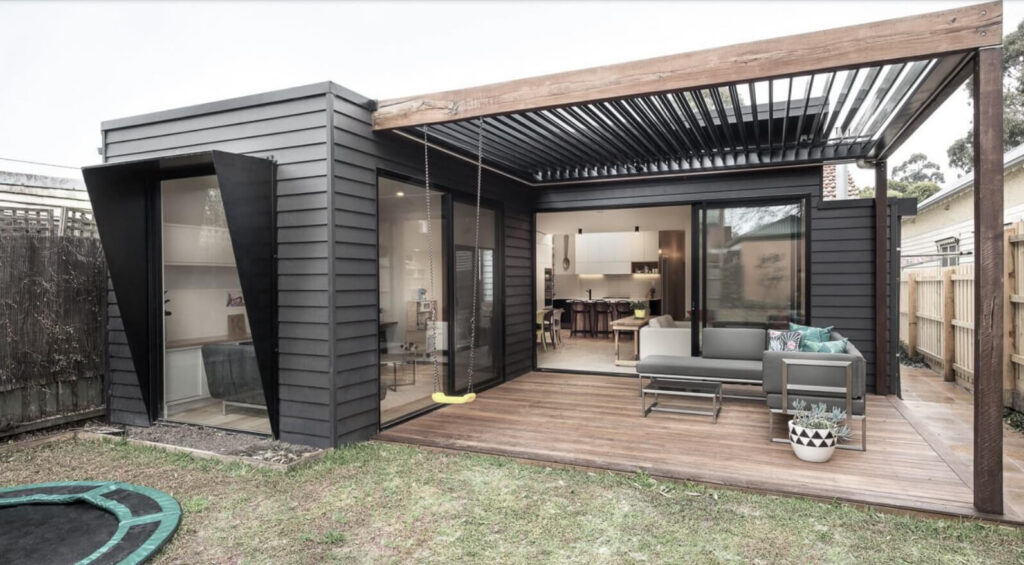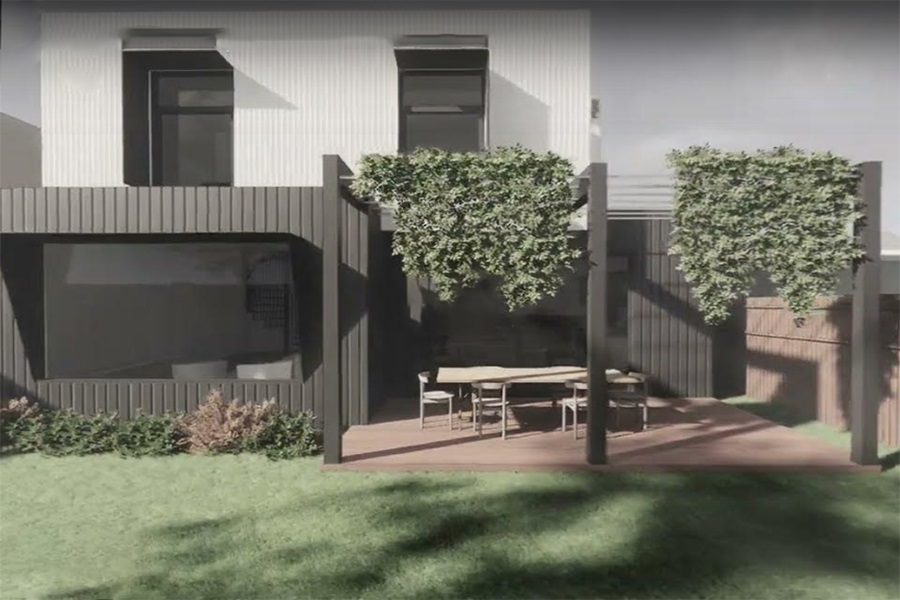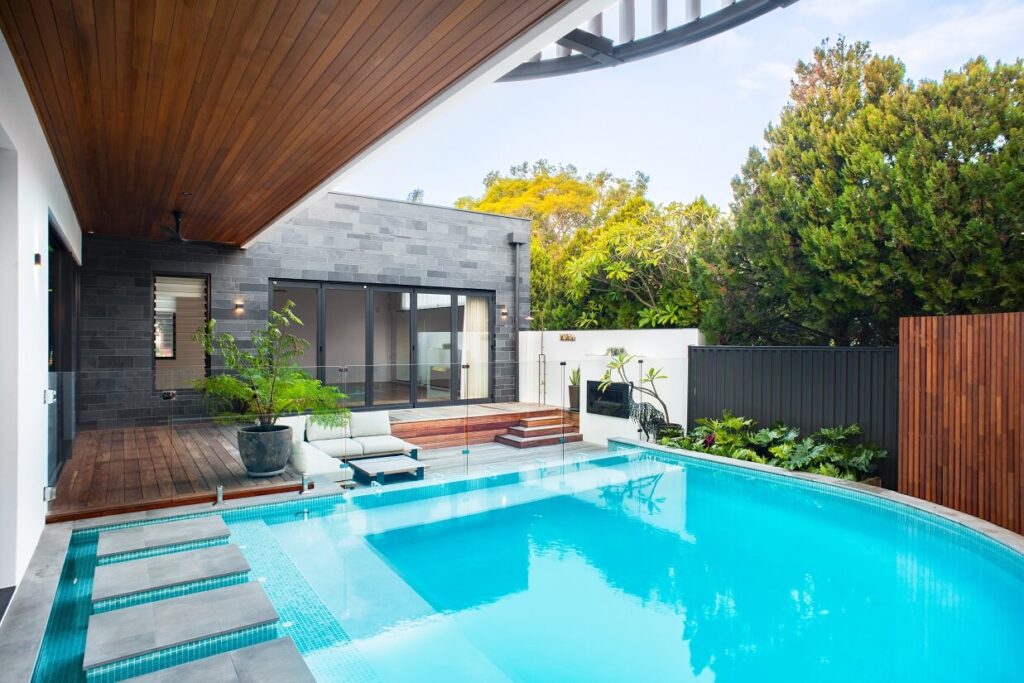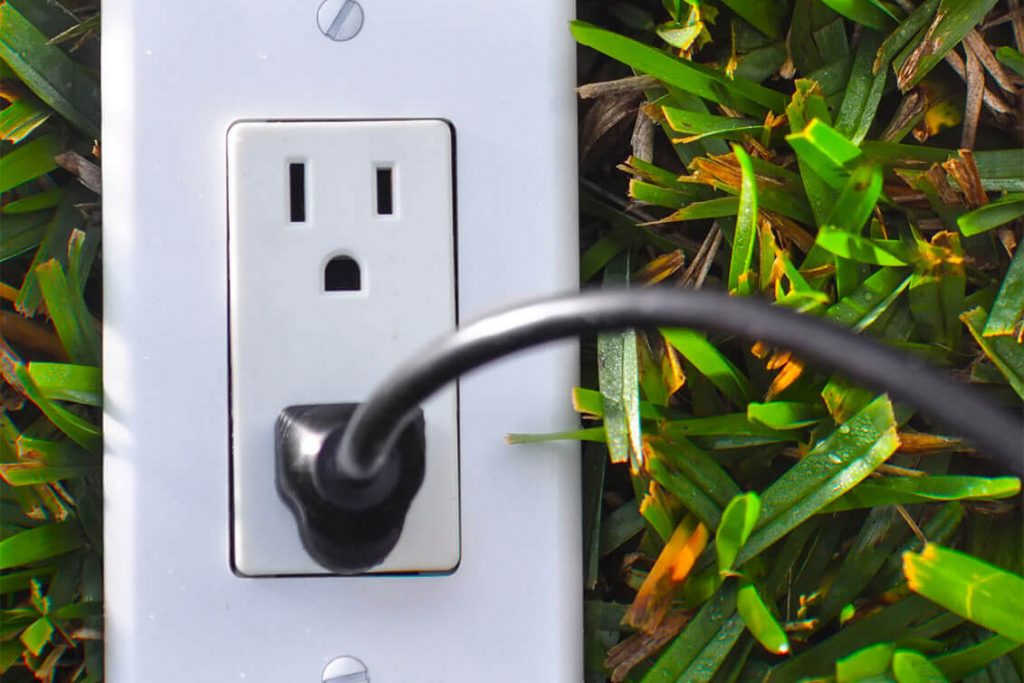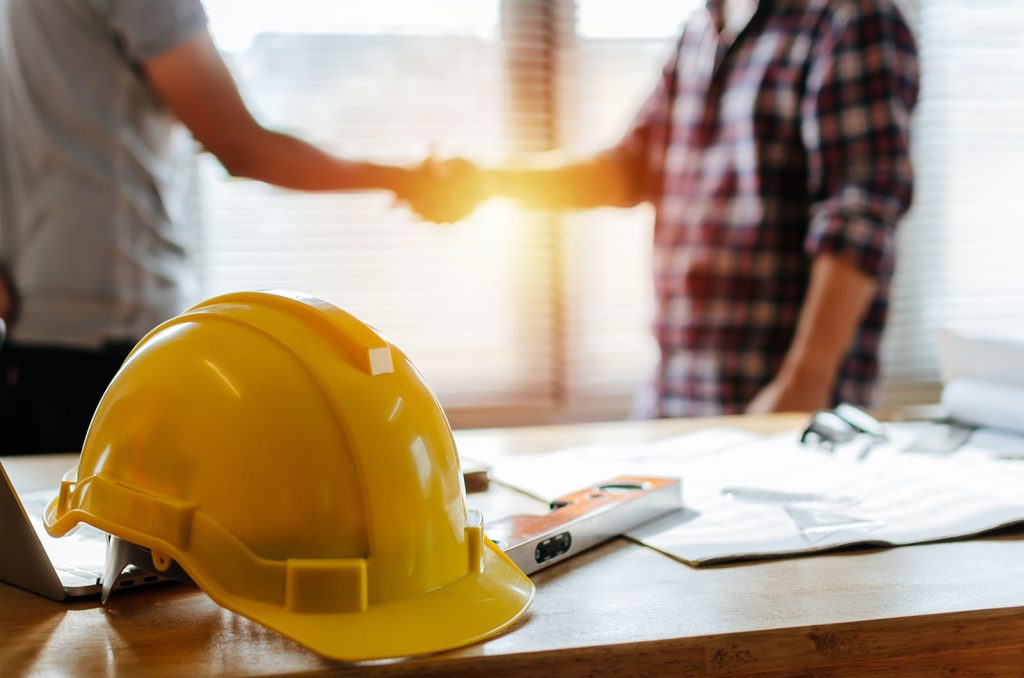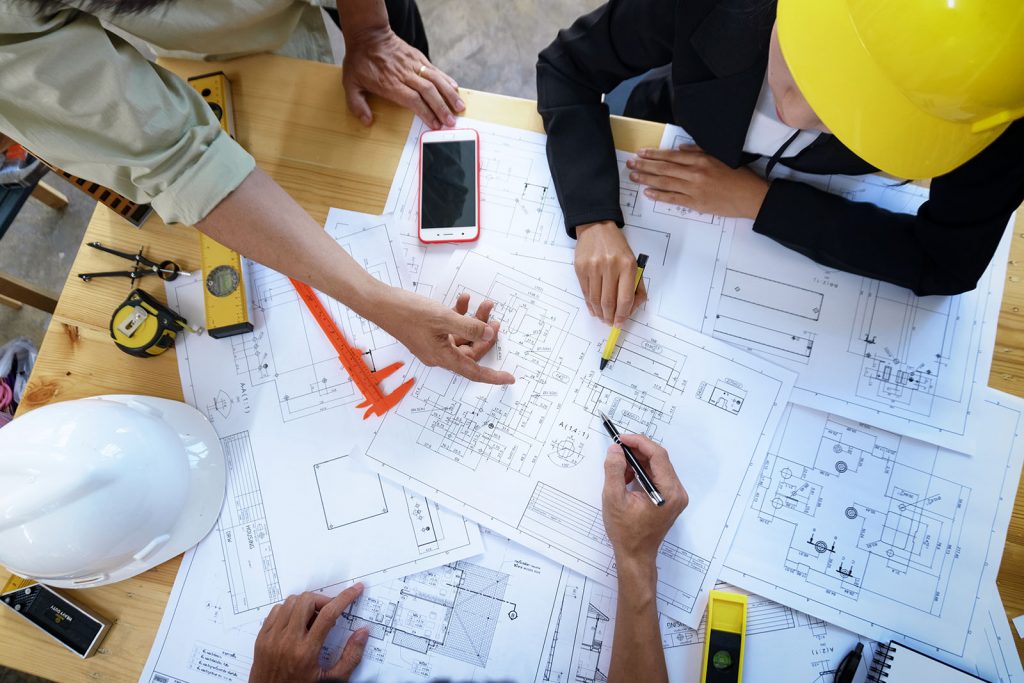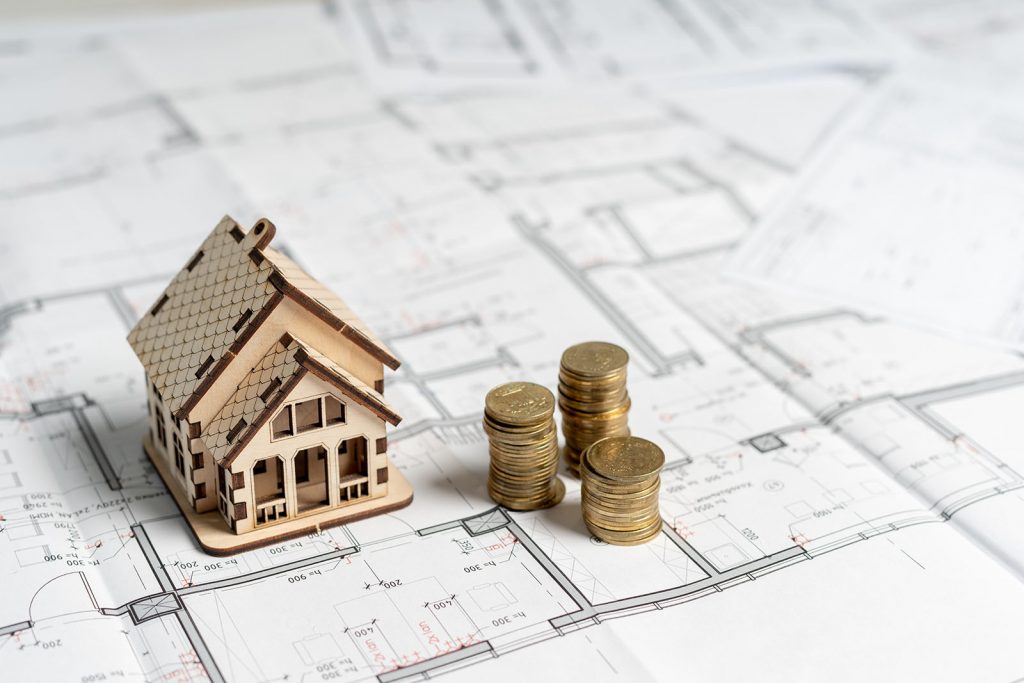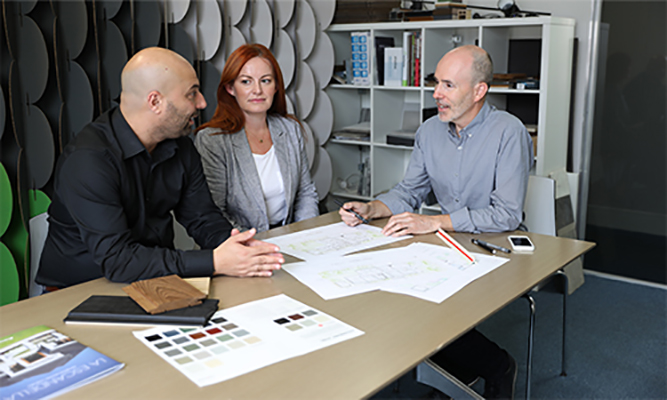Sustainable Home Plans: Cost-Effective Solutions for Eco-Conscious Homeowners
Sustainability has shifted from a niche interest to a central theme. Today’s eco-conscious homeowners are not just looking to minimise their environmental impact. They also seek practical, cost-effective solutions that align with their lifestyles. Let’s delve into how you can craft sustainable home plans that meet both your ecological and budgetary needs.
“It is our responsibility to build our homes in an eco-friendly and sustainable manner.” – Luke Oleenik, the Managing Director of XL Building
The Importance of Sustainable Design
The concept of sustainable home design encompasses more than just using green materials. According to a blog by Novatr, sustainable home design is created using methods that reduce its impact on the environment. It involves a holistic approach to building, which includes energy efficiency, water conservation, and a significant waste reduction.
Sustainable homes aim to harmonise with their natural surroundings, often using site-specific designs that optimise solar orientation and natural ventilation. The benefits of these designs go beyond environmental stewardship—they also offer homeowners long-term financial savings through reduced utility costs.
Key Features of Cost-Effective Sustainable Homes
1. Energy Efficiency
One of the cornerstones of sustainable home design is energy efficiency. This can be achieved through high-performance insulation, advanced window solutions, and energy-efficient appliances. Furthermore, incorporating renewable energy sources like solar panels can drastically reduce dependency on non-renewable energy and lower energy bills.
2. Water Conservation
Sustainable homes often feature water-saving fixtures, rainwater harvesting systems, and drought-resistant landscaping. These elements help reduce water usage and can be crucial in areas susceptible to water scarcity.
3. Materials and Resources
Choosing the right materials is pivotal for sustainable construction. Recycled, reclaimed, or rapidly renewable materials are not only environmentally friendly, but they are also cost-effective alternatives to traditional options. Local sourcing of materials reduces transportation costs and supports local economies.
4. Indoor Environmental Quality
Sustainable design also prioritises the health and comfort of its occupants. The use of non-toxic materials and products, enhanced ventilation, and natural daylighting all contribute to a healthier indoor environment. These can improve overall well-being and productivity.
Cost-Effective Strategies for Sustainable Home Building
Building a sustainable home doesn’t necessarily mean higher upfront costs. Here are some strategies to ensure that your home is both eco-friendly and budget-friendly:
Simplicity in Design
A simple, compact design often requires fewer materials and less time to build, which can significantly reduce construction costs.
Modular Construction
This technique allows parts of your home to be prefabricated off-site. According to an article by Medium, it’s easier to gauge how much material is required for a prebuilt home since the same formula is followed for each model. So, not only would this speed up the construction process, but it also reduces waste.
“Using local materials in your new sustainable house will reduce the need for shipping.” – Jorge Fontan, AIA, Registered Architect
Multi-functional Spaces
Designing spaces that serve multiple purposes can decrease the overall square footage needed, lowering construction and maintenance costs.
Long-Term Thinking
Investing in quality materials and systems may have a higher initial cost but can save money in the long term through lower maintenance and utility costs.
The journey to creating a sustainable home is not just about embracing technology but also about a mindset shift towards minimal and sustainable living. With the expertise of Mesh Design Projects, achieving a balance between eco-friendly practices and cost efficiency is entirely attainable.
Schedule a free consultation with us to learn how sustainable home plans can fit your lifestyle and budget.
FAQs
What are the key features of a sustainable home?
Sustainable homes are designed with energy efficiency, water conservation, and reduced waste in mind. Key features include high-performance insulation, energy-efficient appliances, rainwater harvesting systems, and the use of non-toxic, sustainable materials.
How does sustainable home design reduce long-term costs?
Sustainable homes reduce long-term costs through lower utility bills, thanks to energy-efficient appliances and renewable energy sources like solar panels. The use of durable, low-maintenance materials also decreases ongoing maintenance expenses.
What are the environmental benefits of building a sustainable home?
Building a sustainable home helps reduce your carbon footprint by minimising energy consumption and waste production. It also promotes biodiversity by using eco-friendly materials and integrating the home into its natural surroundings.
Can sustainable homes be built on a budget?
Yes, sustainable homes can be built on a budget by adopting simple and compact designs, utilising modular construction techniques, and opting for multi-functional spaces that reduce overall construction and maintenance costs.
What are some cost-effective materials for sustainable home building?
Cost-effective materials for sustainable building include recycled, reclaimed, or rapidly renewable resources. Using local materials can also reduce costs associated with transportation and support local businesses.
How do renewable energy sources fit into sustainable home plans?
Renewable energy sources like solar panels or wind turbines can be integrated into sustainable home designs to reduce reliance on non-renewable energy sources, decrease energy costs, and increase the home’s self-sufficiency.
What is the importance of indoor environmental quality in sustainable homes?
Indoor environmental quality is crucial for the health and well-being of occupants. Sustainable homes enhance this through the use of non-toxic building materials, enhanced natural ventilation, and abundant natural lighting.
How do sustainable homes contribute to local economies?
Sustainable homes contribute to local economies by sourcing materials and labour locally, which helps keep money within the community. Additionally, sustainable building practices often require skilled labour, fostering job creation and supporting the growth of green industries.
Schedule a free consultation with Mesh Design Projects to take the first step towards building your eco-friendly home!



